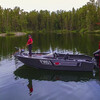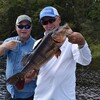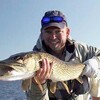
Top 5 Tips to Help Improve a Day’s Fly Fishing
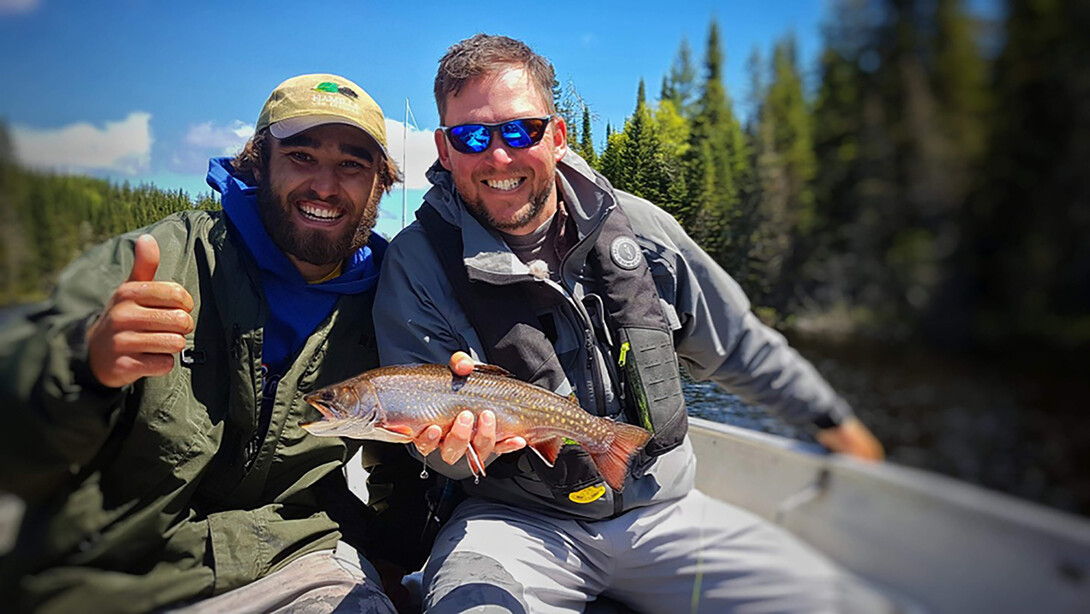
So many of us don’t get to fish nearly as much as we’d like. It’s a fact of life. Things take over and take up our precious time. Alas, there are important things such as work, family, friends and of course the general stuff we all need to do to keep a household running. So, when you do get the opportunity to get out and wet a fly, you want to be as close to “on your game” as you can be. Sometimes that’s not as easy as it sounds, however, if you carve out a bit of time before your next outing, or integrate some of these suggestions into your day-to-day, you’ll find your time on the water is maximized, which in turn hopefully means you’ll be catching more fish. The most important thing you can do when you’re not on the water is practice!
Here are our top 5 fly fishing tips.

1. Practice Casting
Getting out to a schoolyard, an empty field or in an extreme case, a parking lot to practice your casting is a great way to keep your muscle memory sharp, your loops tight and your accuracy right on. Note, if you’re going to practice casting, it is best to put on a leader and a small piece of yarn to emulate your fly. Now, one of the things that I like to practice is my accuracy. I’ll put a number of paper plates in the field at varying distances spread about. I’ll pull out the line I want to cast and place casts to the plates in a random pattern. The trick is, I don’t false cast in between. It would look something like this:
20 feet, 50 feet, 30 feet 60 feet 10 feet. If you can get in the rhythm of hitting the plates at various distances without a false cast, you’re working a number of things; your ability to feather your line through the fingers of your line hand, your distance shots and your accuracy. It’s fun, and extremely “Zen” when you get into the rhythm!
2. Practice knots
I’ve been busted a few times doing this over the past 2 or 3 years, thanks to constant video conference calls. I get caught practicing my knots while listening in and contributing to business items. I keep a spool of 25 lb monofilament in my desk and am constantly practicing tying knots at my desk to keep sharp for when it’s needed in the field. It’s that muscle memory thing again. So, what are the important knots to practice? In my opinion, here are a few:
- Perfection Loop
- Canoe Knot
- Non-slip loop Knot
- Davey Knot
- Blood Knot
- Triple Surgeon’s Knot
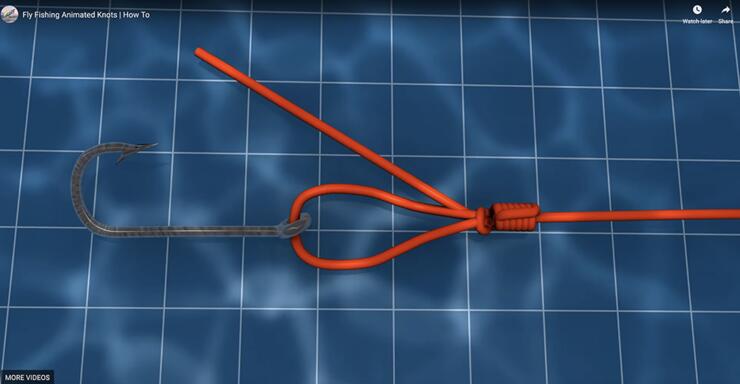
Sure, there is a plethora of others that can be added to the list, however, these few are the ones I use the most when on the water.
3. Pre-tie Leaders
Being prepared when on the water allows you to literally spend more time fishing. If you’re on the bank of the river or on the boat putting your stuff together such as a leader system, you don’t have flies in the water and you’re not fishing. So, whenever I can, I pre-tie stuff. Leaders especially! Sometimes, I don’t have the luxury of having a manufactured tapered leader in my quiver of tools for fly fishing and I need to build them. I’ll spend a couple of hours pre-fishing trip to do just that. Depending on the species, I’ll build my own tapered leaders, for example. Add 2.5 feet each of 20lb mono butt section to 15 lb to 12lb to 10lb to build a 2X “tapered” leader. Using the triple surgeon’s Knot is an easy way to pre-tie so you’re not wasting time in the field. Building a few to last you the day will save you a tonne of time when / if you need to switch out.
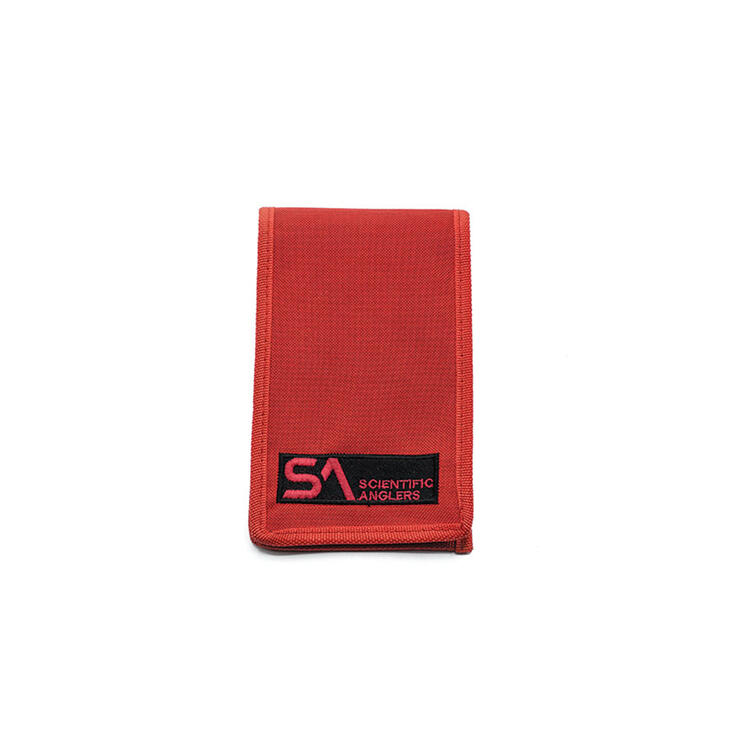
4. Go Fishing with a Game Plan
Not to sound like your old crotchety math teacher here, but the adage “if you fail to plan, you plan to fail” actually rings true when you’re heading out on that much-deserved day on the water. Be it failure to plan for the weather, for food or for the species you’re targeting, going in without a plan could sink your ship before it even leaves the dock (I figured I’d add a few more cringy clichés since we’re channelling our inner math teacher) Something as simple as a call to a local fly shop to see what hatches are coming off, or a look at your favourite weather app to see the upcoming (and more importantly the previous) weather patterns in the area can really dictate the approach you take on the water. It’s simple to do and can teach you a lot about your fishery!
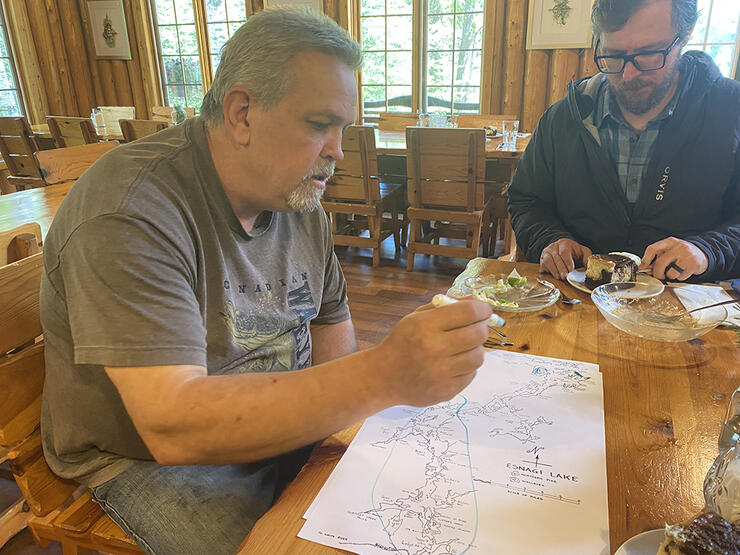
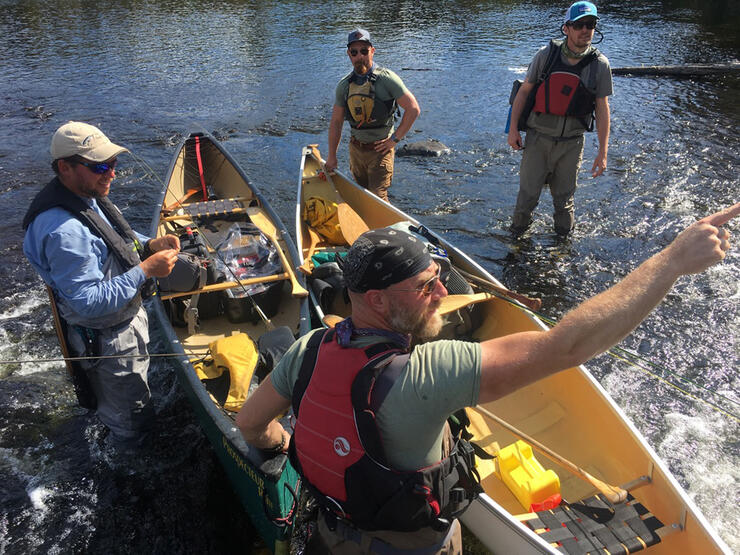
5. Fish with a Buddy
Not only is it a good safety move to fish with a buddy, but it’s also a lot of fun as well. Being able to share the camaraderie and daily events on a fishing trip is one of the key reasons many of us enjoy it so much. So how does this help you be a better angler? Well, if planned out, the fly fishing puzzle could be put together much faster with two flies in the water. Fish are constantly changing and figuring out how to catch them can sometimes be quite a challenge. If you and your fishing buddy each start at different ends of the food spectrum and work together toward the middle, one of you eventually will discover something about those fish that day to help you complete the puzzle and ultimately catch more fish. For example, I’d start off with a nymph under an indicator near the bottom, while my fishing buddy starts off with a terrestrial fly on the surface. As we change flies, we are figuring out what the fish are wanting including size, color, depth and speed. Plus, it’s really fun.

Recommended Articles

Predicting Lake Thickness
Bronzebacks of the Whalesback
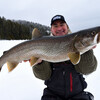
Rigged for Ice Fishing Success

Eating Northern Pike

Beaded Lures
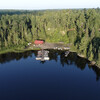
Dream Fishing Trips
Don’t Be Afraid Of Muskies

Nipigon Brook Trout
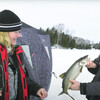
Preparing for Ice Fishing
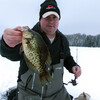
Epic Ice in Northwestern Ontario
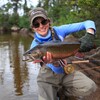
Ontario Fly Fishing Hotspots
Ontario Brook Trout
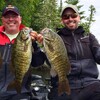
Surface Sizzle Smallmouth

Family Fishing Getaway

Salmon Fishing
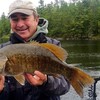
Go Junk Fishing

10 Facts About Lake of the Woods

Real Fishing at Mattawa River Resort
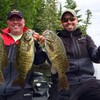
Four Seasons of Bass in Ontario

